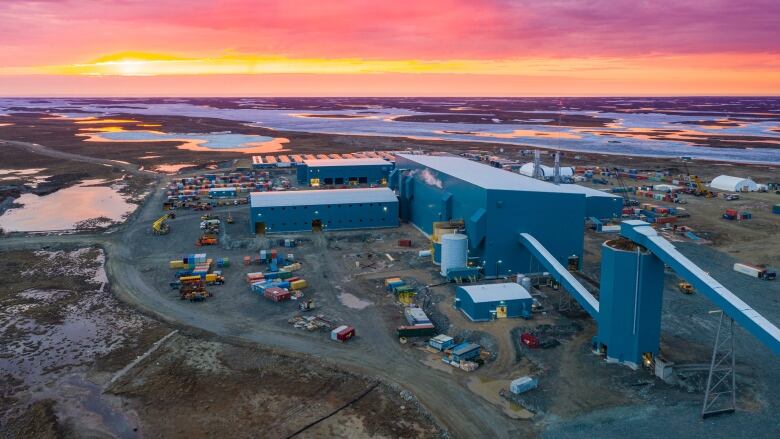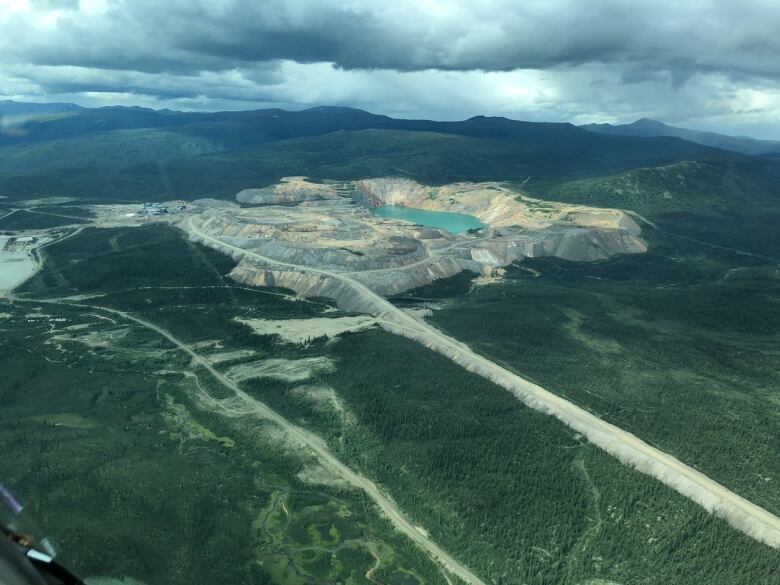Strong rebound coming for territorial economies: Conference Board of Canada
Yukons outlook is the strongest, while Nunavut and the N.W.T. may struggle long-term

The post-pandemic world looks positive for Canada's territories according to the Conference Board of Canada. Itprojects an overall economic rise for Nunavut, the N.W.T. and Yukon over the next decade.
"Strong vaccination rates, paired with new mining productions, large construction projects and an easing of travel restrictions will bring growth opportunities to the territories," said Liam Daly, an economist at the Conference Board of Canada, in a statement on Monday.
All three territories are expected to have strong GDP rebound, collectively growing 12.3 per cent in 2021 and 3.1 per cent in 2022.
Nunavut
Nunavut's economic outlook is strong for now. While its four mines are productive and an additional mine is opening in 2023, momentum is expected to slow over the long term.
The Conference Board of Canada projects growth of 11.2 per cent for the territory in 2021. However, between 2025 and 2030, this growth rate is expected to decline to an average of 0.1 per cent.
The picture may improve because of metal and mineral extraction, as well as because of historically high mineral resource prices, but the report says Nunavut's high unemployment rate isn't going anywhere.
Northwest Territories
Futureeconomic growth in the N.W.T. looks bleak. According to the report, while the territory's real GDP is projected to grow by 14.2 per cent in 2021, its outlook will gradually weaken over the next decade.

Economic growth in the N.W.T. is limited due to the expected closures of two of its three operating diamond mines, Gahcho Ku and Diavik. But the Conference Board of Canada reports thatthe development of up to three newmines this decadecould partially offset these closures.
The territory isn't expected to make a full economic recovery until 2026.
Yukon
Although Yukon's tourism and hospitality industry were hit hard by the pandemic, the territory has the strongest economic outlook. The report says real GDP growth of 11.1 per cent is expected this year.
This is followed by a forecasted 4.7 per cent and 5.9 per cent growthin 2022 and 2023 respectively.
The boom is driven by the Eagle Gold, Minto, Keno Hill Silver District and Placer mines. Additionally, the opening of two new mines in the next few years Kudz Ze Kayah and Casino will contribute to this growth.

The Faro Mine remediation project and a number of other high-level construction projects in the territoryareexpected to improve employment rates in the construction industry.
According to the Conference Board of Canada, the labour market in the territory is expected to bounce back this year.












_(720p).jpg)


 OFFICIAL HD MUSIC VIDEO.jpg)
.jpg)



























































































